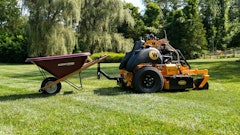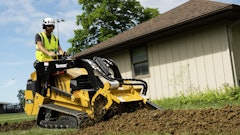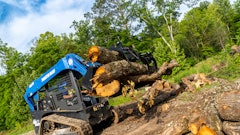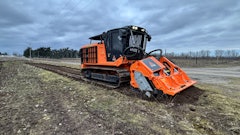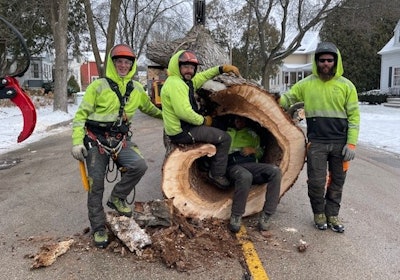
Taking down a 6-foot-diameter hollowed-out tree is no easy feat, less so when that tree is situated in a backyard bordered by Cedar Creek and with limited side access.
That’s where Gollnick & Sons Tree Service, located in Cedarburg, Wis., stepped in.
“Access to the backyard was through a neighbor’s yard, which would have involved going over the deck and through the driveway or through a 2-3-foot opening on the side of the yard,” says Andrew Gollnick, co-owner and arborist in charge at Gollnick & Sons.
To combat the challenge, the company needed to rent a 100-foot, 40-ton cable crane and set it up in a neighbor's driveway.
 Due to space constraints, the company had to park a 165-ton crane that featured 200 feet of reach in the street to take down the tree.
Due to space constraints, the company had to park a 165-ton crane that featured 200 feet of reach in the street to take down the tree.
“We didn’t want to rope the tree down like with traditional methods such as pulleys and ropes because we didn’t want to put a lot of load on the tree itself in case some of the hollow parts were compromised enough to fall,” Gollnick says.
However, the initial plan fell through when the neighbor decided they didn’t want a crane parked on the driveway.
So, the company decided to rent a 165-ton crane that featured 200 feet of reach and that would allow the operator to pick the tree up and bring it over the house. One extra challenge, however, is that the company would have to coordinate with the city to shut down one of the main streets into town and reroute traffic.
“It was a little street that was quite busy,” Gollnick says. “We put up do not enter signs and sidewalk closed signs and had our heads on swivels because pedestrians aren’t necessarily going to follow those suggestions. If a big limb was flying overhead on the crane, we would stop the crane from moving and make sure pedestrians were out of the way.”
The day before the removal, the company set three different climbing lines in the tree to speed up the process.
“Sometimes, when we rent a crane, we'll be able to tie into the ball of the crane, and it's a standard procedure that's allowed by OSHA if it’s deemed the safest option, but the crane company that we used doesn't allow that, so that changed the plan of attack,” Gollnick says. “That’s why we got there the day before to set the ropes because we couldn’t tie into the crane.”
Overall, the job took about six to seven hours day-of and four Gollnick & Sons crew members and four crane company employees to complete the task.
 The backyard bordering a body of water (Cedar Creek) posed yet another challenges for this tree takedown.Gollnick & Sons Tree Service
The backyard bordering a body of water (Cedar Creek) posed yet another challenges for this tree takedown.Gollnick & Sons Tree Service
To keep everything moving smoothly, Gollnick says the company managed the site well by parking the chipping and log trucks in an assembly line configuration and keeping open lines of communication.
“We used Sena headsets with the crew members and crane operator to be able to communicate because he wasn’t able to see me in the back at certain points,” Gollnick says.
For other companies completing similar work, Gollnick recommends documenting everything in writing ahead of the plan.
“Get everything in writing—the quote for the job, the email from the customer accepting the bid, the fine details of renting the crane,” Gollnick says. “Get written permission from the neighbor as well—that way, there’s no chance of miscommunication.”

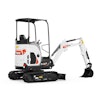
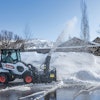
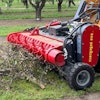
![T708 2025 Ga Tl11 R3 Hr [1 Q5 A1066]](https://img.greenindustrypros.com/mindful/acbm/workspaces/default/uploads/2025/10/t708-2025-ga-tl11r3-hr-1q5a1066.KcuUhTiF78.jpg?auto=format%2Ccompress&fit=crop&h=100&q=70&w=100)


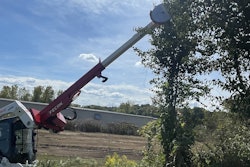
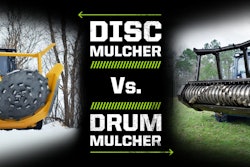


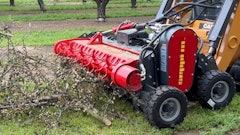
![T708 2025 Ga Tl11 R3 Hr [1 Q5 A1066]](https://img.greenindustrypros.com/mindful/acbm/workspaces/default/uploads/2025/10/t708-2025-ga-tl11r3-hr-1q5a1066.KcuUhTiF78.jpg?ar=16%3A9&auto=format%2Ccompress&fit=crop&h=135&q=70&w=240)

